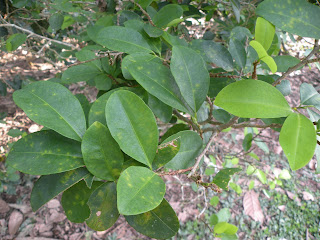This is Upucerthia jelskii, the plain-breasted earthcreeper:

This one is called Leptasthenura andicola, the andean tit-spinetail:
These two birds (look closely) are the always heard, not always seen, totoreros. In english, they are boringly know as wren-like rushbirds. In Latin, they are even more boringly known as Phleocryptes melanops:

This cool bird is a slender-billed miner, Geositta tenuirostris:
.JPG)

This cool bird is a slender-billed miner, Geositta tenuirostris:
Helpful hint: it's called a miner because it builds in tunel-like cavities to nest in.
.JPG)
Another miner, not a cool but important, the rather lark-like common miner, Geositta cunicularia:

.JPG)


.JPG)

.JPG)
.JPG)



.JPG)

.JPG)



.JPG)
.JPG)





























